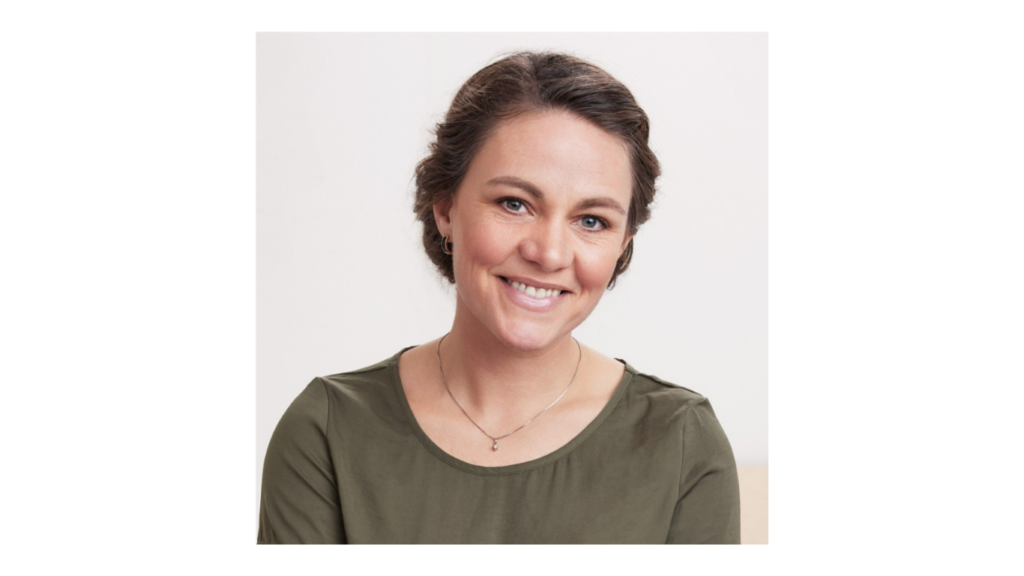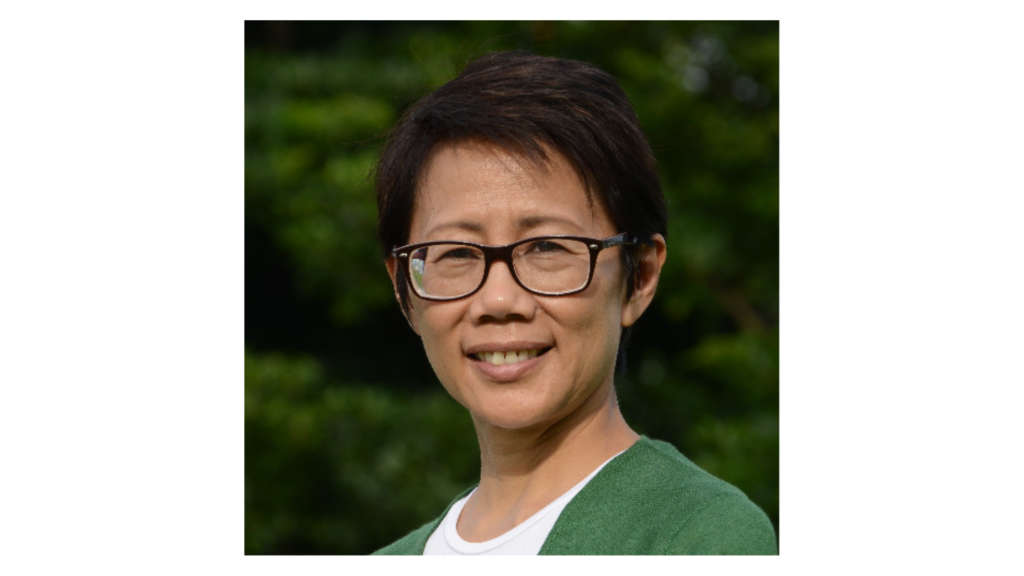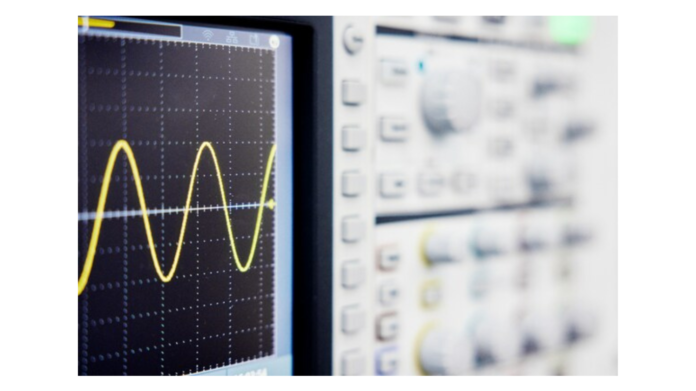The technology developed by The Hong Kong Research Institute of Textiles and Apparel (HKRITA) with the support of H&M Foundation, can separate microplastics from wastewater using soundwaves. Acousweep is a plug-and-play application. The technology can be easily transported and connected to any wastewater facility. If the technology is implemented at an industrial scale, it will have a significant impact on the fashion industry’s sustainable footprint.
Microplastic pollution is a globally established problem and a threat to ecosystems, animals, and people. Microplastics come from a variety of sources, including from larger plastic debris that degrades into smaller and smaller pieces, or microbeads in exfoliating health and beauty products, or cleansers such as toothpaste. A major source of oceanic microplastic pollution, about 16 percentage-35percentage globally, comes from synthetic textiles.

As a philanthropic change agent for the entire industry, H&M Foundation acts with urgency and takes risks to unlock needed solutions with the ambition to find technologies that can contribute to a planet positive fashion future. Christiane Dolva, Strategy Lead at H&M Foundation, says “As a non-profit, we have the urgent opportunity to create change by supporting disruptive research that could lead us there. Innovation is transformation and Acousweep is proof that it’s worth investing in impatient research”.

Professor Christine Loh, Chief Development Strategist at the Institute for the Environment, The Hong Kong University of Science and Technology, agrees that this technology has great potential. “Green tech has just taken a leap forward in Hong Kong. Acousweep will help the garment and other industries to stop a highly damaging form of pollution. HKRITA used a new technique to remove the microplastics by using soundwave-based system, preventing them from getting into the sea and being ingested by sea life that can even be ingested by humans along the food chain. Acousweep has the capacity to revolutionize industry.”, says professor Loh.

The technology
Acousweep utilises sweeping acoustic waves in a specially shaped chamber to physically trap and separate microplastic fibres from wastewater effectively. No chemical, solvent or biological additives are needed. The separated microplastics is drip into a collection tank for further treatment, such as recycling. The existing lab scale treatment system handles 20 litres of water per hour while the upscaled version will be able to treat 5.000-10.000 litres of water per hour.
If interested to learn more about acoustic wave technology and agro ecosystems, then please go through the links below:
Teledyne acquires NL Acoustics to expand acoustic and imaging based solutions
WWF partners with Huawei Italy to safeguard Biodiversity in Italian agroecosystems
Innovative Fibre-optic Technology to Boost Railway Safety and Performance






